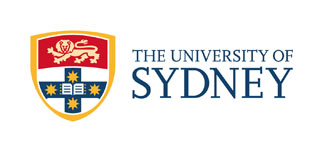 |
 |
The University of Queensland (Semester 2, 2010)
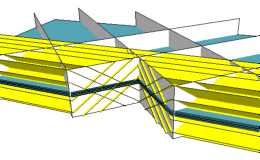
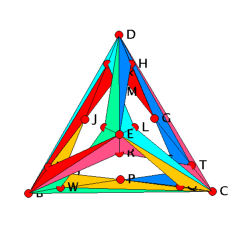
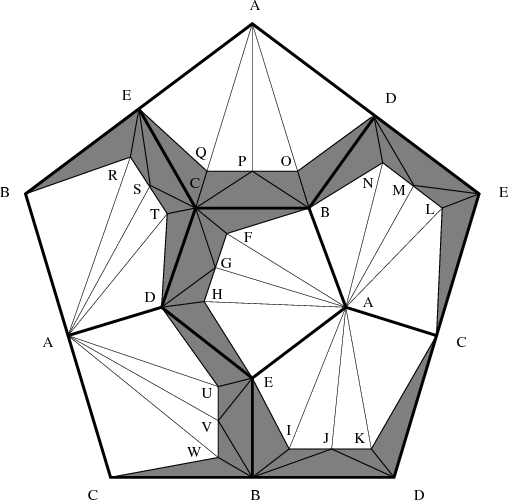
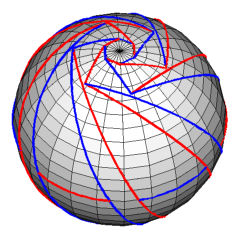
These pictured from here have nothing to do with the course except that they arise in discrete geometry. A possible essay topic!
I will follow the textbook, "Discrete Mathematics with Applications" by Susanna S. Epp, augmenting and subtracting material from time to time. We'll cover most of chapters 1-8 and 10-11:
Propositional & predicate logic, valid arguments, methods of proof. Elementary number theory. Induction & recursive definitions. Elementary set theory. Counting methods (pigeonhole, inclusion/exclusion). Introductory probability. Relations & functions. Elementary graph theory.
All materials associated with this course (such as lecture slides, assignments, contact sheets) are available on blackboard.
The assignments will be given out during the lecture at least a week before the due date and also be made available on Blackboard. Late assignments will receive no marks and only be marked for feedback. Students who are unable to submit an assignment and qualify for special consideration should contact me.
Students will write a short (1-2 page) report on some topic related to the course. A list of possible topics will be made available during week 3 on Blackboard, and students may suggest alternative topics. The idea is to see how the concepts of the course extend and relate to other areas and more advanced topics. Plagiarism, and blatant copying from web sites, is not allowed and will result in disciplinary action being taken.
The mid-semester test will cover all material up to the test. It is a 50 minute closed book exam which will be held during the normal lecture time. No calculators are permitted in this mid-semester test.
The final exam has a duration of 2 hours and covers material from the entire course.
Please bring your clicker to each lecture. During the lecture, you will have the opportunity to answer questions about course material both to test your knowledge, and to get you to think more deeply about the material that you are learning. This will help you to assess your own progress in the course, as well as make the classes more engaging (i.e., a better learning environment with more interactivity and instant feedback). It'll also help me to assess what subtopics need more attention.
In addition to the above reasons for using a clicker, you have the opportunity to earn extra bonus points that will contribute to your final mark in the subject, up to a maximum of 5%.
The best way of approaching this subject is to start immediately and to work steadily each week. You will learn both the language and the notation of modern mathematics, as well as new mathematical concepts and structures. There is a lot of material in this course, and it builds up at a constant pace. It is very important to stay on top of things so you can get the most out of the lectures and tutorials. Revise each lecture briefly (5-10 minutes) on the day it is given, and again just prior to the next lecture. The slides for the lectures will be posted on Blackboard. Also read the recommended sections or examples in the textbook. This raises the long term retention of the concepts and techniques! Then begin to work on the suggested problems associated with the lecture. There will be about 4 problems to work on associated with each lecture. Work on the problems and get them done -- with or without the help from friends, tutors or me.
The first source of help is the person next to you in lectures or tutorials. They are doing the same problems as you and are having similar but perhaps not the same difficulties as you do. The second is your tutor. Don't miss a tutorial and have a list of problems on which you need help. I am also more than happy to answer your questions; my office hours are given above.
Please let me know if you have any problems or comments on the subject; both with regard to the contents and how it is run.
--Stephan Tillmann (July 2010)